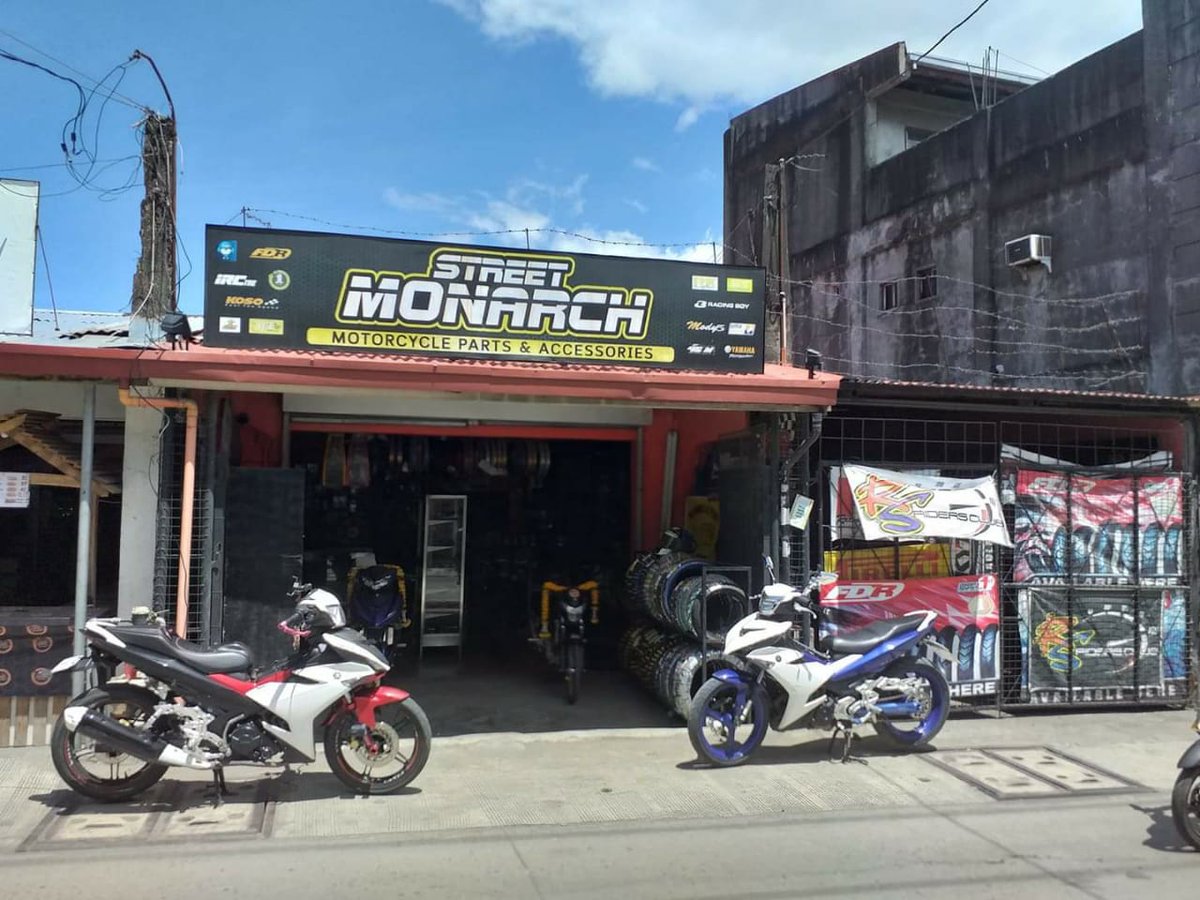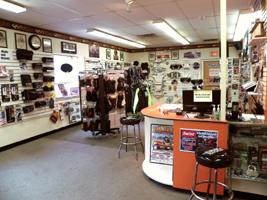Release Efficiency with Costs Motox Parts NZ Available Below
Release Efficiency with Costs Motox Parts NZ Available Below
Blog Article
Recognizing the Crucial Parts of a Bike: A Comprehensive Guide for Enthusiasts
For bike lovers aiming to boost their riding experience and ensure their bikes run smoothly, comprehending the crucial parts of a bike is vital. Each component, from the engine's intricate workings to the important function of the stopping devices, not only influences performance but likewise security and comfort. This guide will certainly go through the essential components that every rider ought to be acquainted with, allowing notified selections in both upkeep and possible upgrades. As we start this expedition, one must ask: how does each component engage to produce the smooth trip every lover seeks?
Engine Components

The camshaft plays a crucial role in managing the timing of the engine's valves, ensuring the precise opening and closing needed for effective fuel and air intake, along with exhaust expulsion. This timing is crucial to keeping ideal engine performance and performance. Furthermore, the carburetor or fuel shot system, depending on the motorbike design, is in charge of blending air with fuel in the right ratio for burning.
The cooling system, either air or liquid-based, functions to preserve the engine's temperature within operational restrictions, stopping overheating and making certain durability - motorbike shop. Each part, carefully developed and integrated, adds to the seamless procedure of the engine, defining the bike's power outcome and general efficiency
Transmission System
Essential to the bike's capability, the transmission system ensures efficient power transfer from the engine to the wheels. This system consists of a number of essential parts, consisting of the clutch, gearbox, and final drive, each playing a crucial role in equating the engine's power into activity. The clutch, typically operated by a hand bar, serves to engage and disengage the engine from the transmission, permitting for smooth equipment adjustments and regulated acceleration.
The transmission, typically described as the transmission correct, contains a set of gears that bikers can by hand change via to change the bike's rate and torque outcome. These gears are prepared in a series that makes it possible for the motorcycle to increase smoothly and keep optimum engine efficiency throughout numerous speeds. Many bikes utilize a consecutive gearbox, requiring the rider to shift equipments in a fixed order.
Braking Systems
While recognizing the transmission system is key to utilizing a bike's power, similarly important is the capacity to regulate and quit that power efficiently, which is where braking mechanisms enter into play. Brakes are essential for safety and security and efficiency, providing the rider with the needed control to navigate different surfaces and conditions. Usually, motorcycles include two kinds of stopping systems: disc brakes and drum brakes.
Disc brakes are much more widespread in contemporary bikes as a result of their exceptional efficiency. They contain a brake disc, caliper, and pads. When triggered, the caliper squeezes the brake pads versus the rotating disc, converting kinetic power right into heat, thereby reducing the wheel. This system provides much better warm dissipation, consistent efficiency, and improved quiting power, particularly in damp problems.
Alternatively, drum brakes, though much less common, are still discovered in some bikes. They work by pressing brake shoes versus the inner surface of a drum connected to the wheel. While generally much less effective in heat dissipation and stopping power, drum brakes are easier and more economical.
Understanding these braking systems' subtleties permits bikers to preserve their bikes appropriately and value the design that guarantees efficient and safe stopping.
Suspension and Steering
Suspension and guiding systems are crucial parts that dramatically affect a motorbike's handling and experience convenience. The shock absorber, containing forks at the front and shock absorbers at the back, soaks up road abnormalities, enhancing security bobber headlight and control. Front forks, inverted or normally telescopic, compress and rebound to minimize influences, while back shock absorbers preserve tire call with the roadway, vital for grip and security.
Steering, focused around the handlebars, connects the motorcyclist to the motorcycle's directional control. The guiding head bearings make sure smooth operation, enabling specific maneuverability. Appropriate alignment and upkeep of these bearings are essential for foreseeable steering reaction and lowering cyclist fatigue.
The suspension's adjustability is one more vital element; preload, damping, and rebound setups permit modification to suit various riding conditions and designs. This adaptability is crucial for optimizing performance, whether browsing urban roads or taking on rugged routes. Innovations like digital shock absorber provide real-time adjustments, boosting trip quality throughout diverse terrains.

Electric Systems
After making sure a smooth and regulated experience via reliable suspension and guiding systems, attention transforms to the electric systems, a crucial facet of modern bikes. These systems play a critical role not just in beginning the find here engine but likewise in powering different components that boost the performance and safety of the motorcycle.
At the heart of a motorcycle's electrical system is the battery, which stores electrical energy needed for starting the engine and powering complementary systems - motox parts nz. The alternator or generator, combined with the rectifier-regulator, makes sure the battery stays charged while the motorbike is in operation, transforming power into electric power and preserving voltage levels
The ignition system, an additional vital element, is liable for sparking the air-fuel mix in the engine's cyndrical tubes. Modern bikes commonly utilize a digital ignition system, supplying higher efficiency and dependability contrasted to traditional systems.
Illumination systems, consisting of fronts lights, tail lights, and indicators, are also important, guaranteeing presence and safety for the motorcyclist. Added electronic components such as sensing units, control units, and shows contribute to innovative attributes like gas injection administration, anti-lock braking systems (ABDOMINAL), and electronic control panels, better boosting the riding experience.
Verdict
A detailed comprehension of a motorbike's crucial elements, consisting of the engine, transmission system, braking devices, suspension, guiding, and electric systems, is indispensable for fanatics intending to enhance performance, convenience, and safety. Proficiency of these components enables for educated choices pertaining to maintenance and upgrades, ultimately enhancing the riding experience. By incorporating this understanding, motorcyclists can ensure their motorcycles run at peak performance and reliability, thus making the most of both pleasure and long life of their automobiles.
For motorcycle fanatics looking to raise their riding experience and guarantee their bikes run efficiently, recognizing the necessary components of a motorbike is paramount.Indispensable to the motorcycle's performance, the transmission system makes certain effective power transfer from the engine to the wheels.While understanding the transmission system is crucial to utilizing a motorbike's power, just as essential is the ability to control and stop that power properly, which is where stopping mechanisms come into play. more helpful hints Typically, motorcycles feature 2 types of stopping systems: disc brakes and drum brakes.
A complete understanding of a motorcycle's vital elements, including the engine, transmission system, braking devices, suspension, guiding, and electric systems, is indispensable for lovers aiming to enhance performance, convenience, and safety.
Report this page